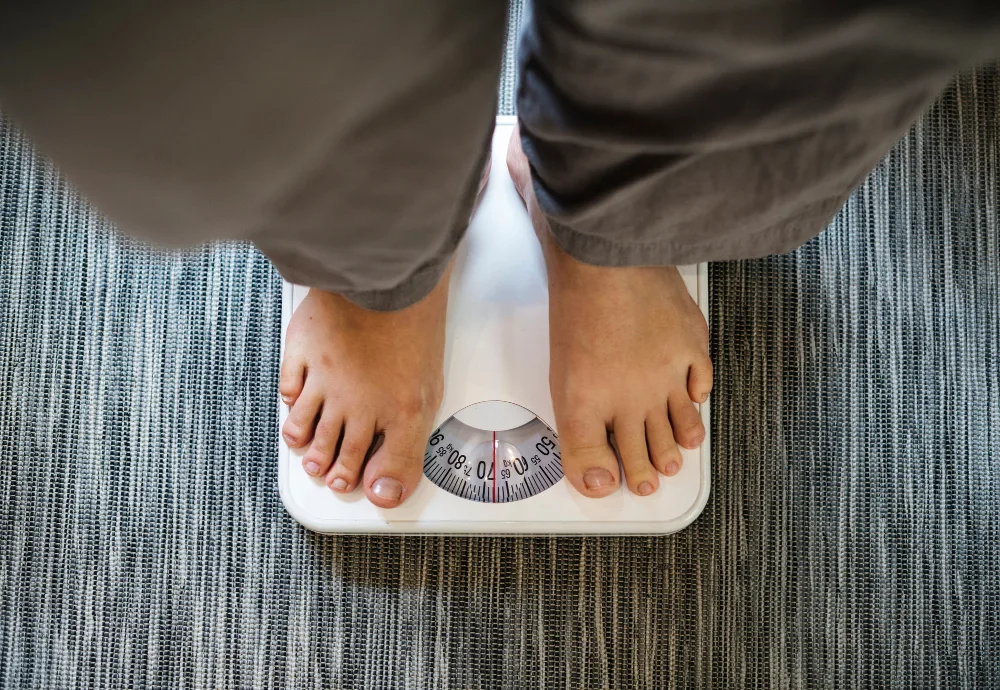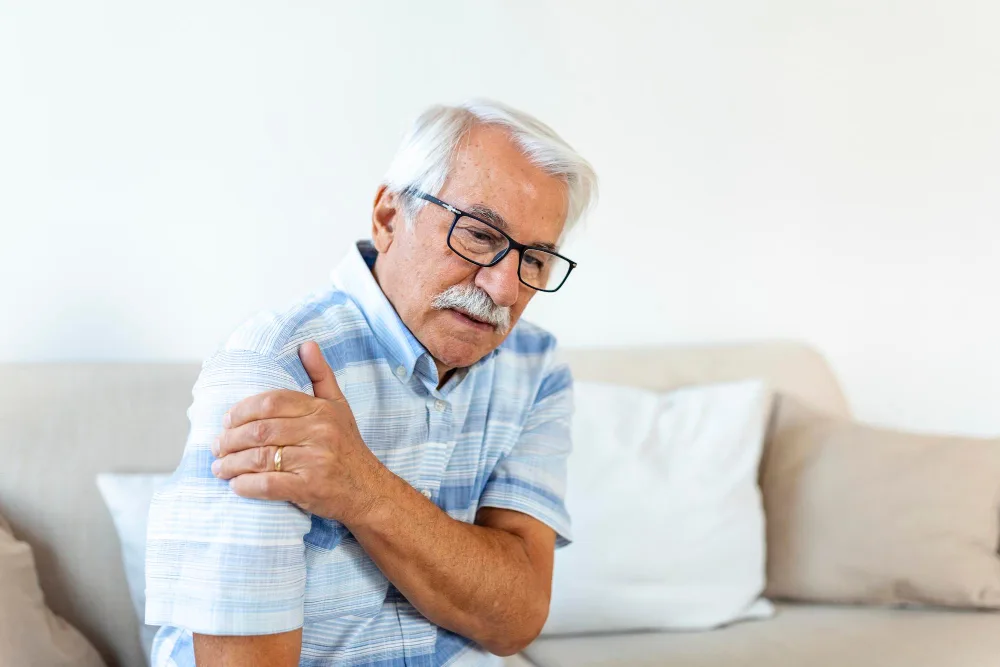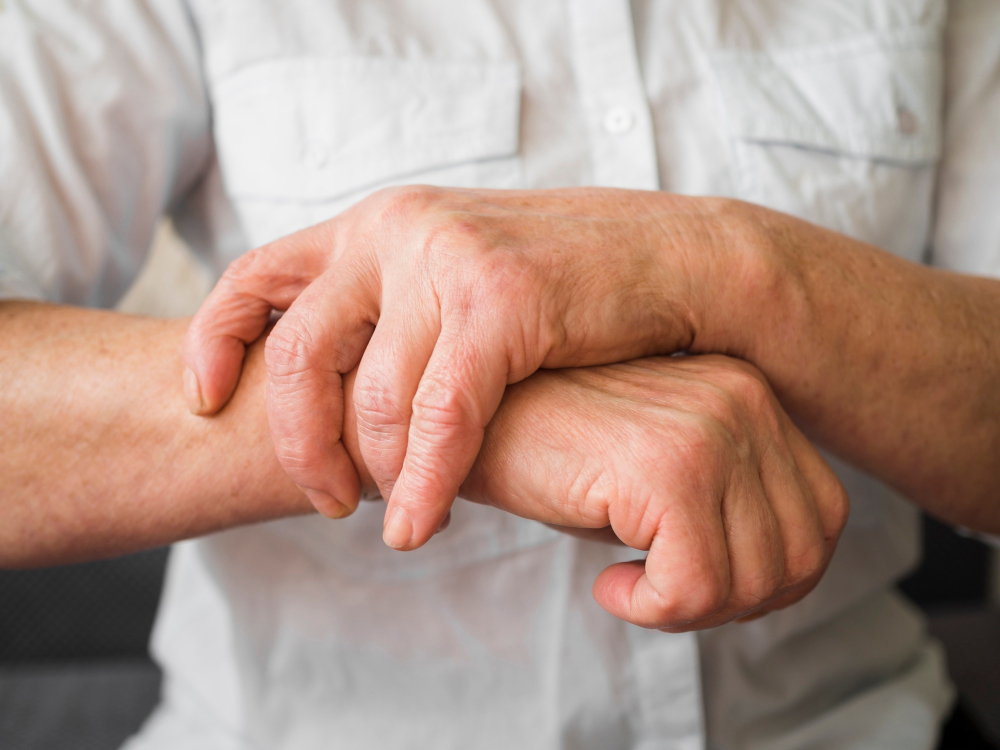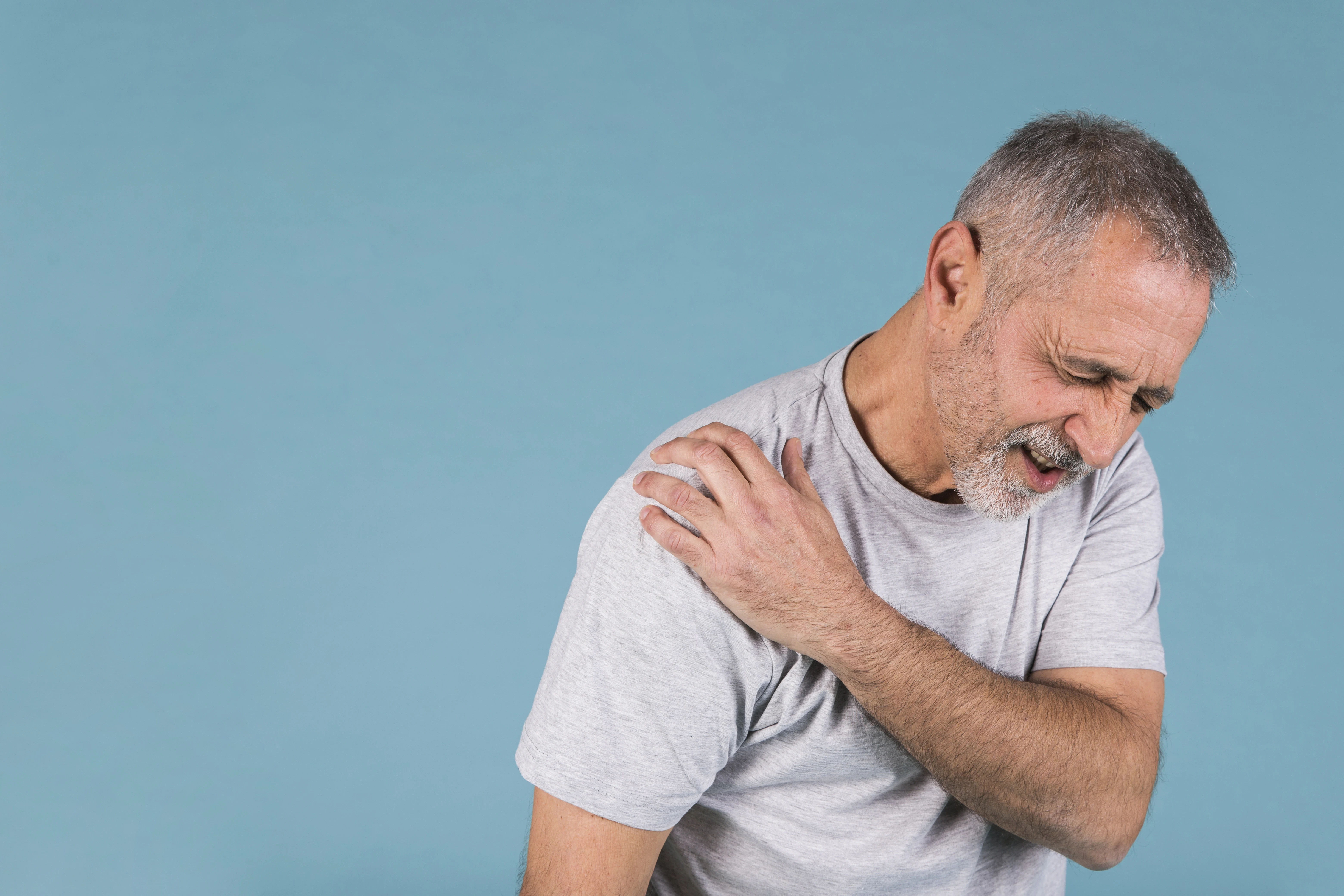What is Arthritis?
Category: Orthopedics
Arthritis is a condition that affects the joints, causing pain, swelling, stiffness, and decreased mobility. It can occur in people of all ages and may affect one joint or multiple joints. Arthritis can result from wear-and-tear, autoimmune conditions, infections, or metabolic disorders, making early diagnosis and management crucial to prevent joint damage and maintain a good quality of life.
At Lokmanya Hospitals, patients receive expert evaluation and care from experienced arthritis specialists in Pune. Through advanced diagnostics, personalized treatment plans, and continuous follow-up, the hospital ensures that patients receive the right interventions to manage symptoms, improve joint function, and maintain an active lifestyle.
Types of Arthritis
1. Osteoarthritis:
- Caused by wear-and-tear of cartilage over time.
- Leads to joint pain, stiffness, and reduced flexibility, commonly affecting knees, hips, and hands.
2. Rheumatoid Arthritis:
- An autoimmune condition where the immune system attacks joint tissues.
- Causes inflammation, swelling, joint deformities, and fatigue.
3. Psoriatic Arthritis:
- Associated with psoriasis, a skin disorder.
- Can affect any joint and is often accompanied by nail changes.
4. Gout:
- Caused by the accumulation of uric acid crystals in joints.
- Leads to sudden, severe joint pain, redness, and swelling, often in the big toe.
5. Ankylosing Spondylitis:
- Primarily affects the spine and sacroiliac joints.
- Leads to stiffness, pain, and reduced spinal mobility.
6. Juvenile Arthritis:
- Affects children under 16.
- Causes joint swelling, pain, and sometimes fever or rash.
7. Infectious Arthritis:
- Triggered by bacterial, viral, or fungal infections in the joint.
- Can cause rapid onset of pain, swelling, and fever.
Causes of Arthritis
- Genetics:
A family history of arthritis or autoimmune diseases increases the likelihood of developing the condition. Certain genes can make individuals more susceptible to joint inflammation and cartilage breakdown. - Age:
As people age, the natural wear-and-tear of cartilage and joints increases, leading to conditions like osteoarthritis. Aging also reduces the body’s ability to repair joint tissues effectively. - Autoimmune Disorders:
In autoimmune conditions such as rheumatoid arthritis, the immune system mistakenly attacks healthy joint tissues, causing inflammation, pain, and progressive joint damage. - Lifestyle Factors:
Being overweight puts extra stress on weight-bearing joints, while sedentary habits and poor nutrition can worsen inflammation and weaken muscles that support the joints. - Injuries:
Previous joint injuries or trauma, such as fractures or ligament tears, can lead to early joint degeneration and increase the risk of arthritis in the affected area later in life.
Symptoms of Arthritis
- Joint Pain, Swelling, and Tenderness:
One of the most common signs of arthritis, joint pain is often accompanied by swelling and tenderness due to inflammation in the joint tissues. The discomfort may worsen with movement or pressure. - Stiffness, Especially in the Morning or After Inactivity:
Arthritis often causes stiffness in the joints after long periods of rest or when waking up. This stiffness usually improves gradually with movement as the joints loosen up. - Reduced Range of Motion and Flexibility:
As arthritis progresses, inflammation and joint damage can limit flexibility and movement, making everyday activities such as bending, walking, or gripping objects more difficult. - Fatigue and Low Energy:
Chronic inflammation associated with arthritis can lead to constant tiredness, weakness, and reduced stamina, even when performing simple daily tasks. - In Severe Cases, Joint Deformities and Loss of Function:
Advanced arthritis can cause visible joint deformities and permanent damage, affecting alignment and leading to loss of mobility or joint function over time.
Why Choose Lokmanya Hospitals for Arthritis Treatment?
Lokmanya Hospitals is a leading center for arthritis care in Pune, offering advanced diagnostics, including blood tests, imaging, and joint assessments. The team of arthritis specialists develops personalized treatment plans that combine medications, physiotherapy, lifestyle guidance, and rehabilitation.
With a patient-focused approach, cutting-edge technology, and continuous monitoring, Lokmanya Hospitals ensures effective management of arthritis. Patients receive guidance to reduce pain, improve mobility, prevent joint damage, and maintain an active, fulfilling life.
Conclusion
Arthritis is a complex condition with multiple types and causes. Early diagnosis, lifestyle management, and targeted treatment are essential for managing symptoms and preventing joint damage.
Lokmanya Hospitals provides comprehensive arthritis care in Pune, combining expert evaluation, advanced diagnostics, and personalized treatment plans to ensure long-term joint health and improved quality of life.
FAQs
1. What is arthritis?
Arthritis is inflammation of the joints, causing pain, stiffness, and reduced mobility.
2. What are the main types of arthritis?
Osteoarthritis, rheumatoid arthritis, psoriatic arthritis, gout, ankylosing spondylitis, juvenile arthritis, and infectious arthritis.
3. Can arthritis be cured?
There is no permanent cure, but early treatment and lifestyle changes can manage symptoms effectively.
4. What are the common symptoms of arthritis?
Joint pain, swelling, stiffness, reduced motion, fatigue, and in severe cases, deformities.
5. Who is at risk of developing arthritis?
People with a family history, older age, autoimmune conditions, obesity, sedentary lifestyle, or past joint injuries.
6. How is arthritis diagnosed?
Through physical examination, blood tests, imaging (X-ray, MRI, ultrasound), and sometimes joint fluid analysis.
7. What treatments are available for arthritis?
Medications (NSAIDs, DMARDs, biologics), physiotherapy, lifestyle management, and in severe cases, surgery.
8. Why choose Lokmanya Hospitals for arthritis care?
They provide expert diagnosis, personalized treatment plans, physiotherapy, and ongoing support for long-term joint health.
Previous blog







